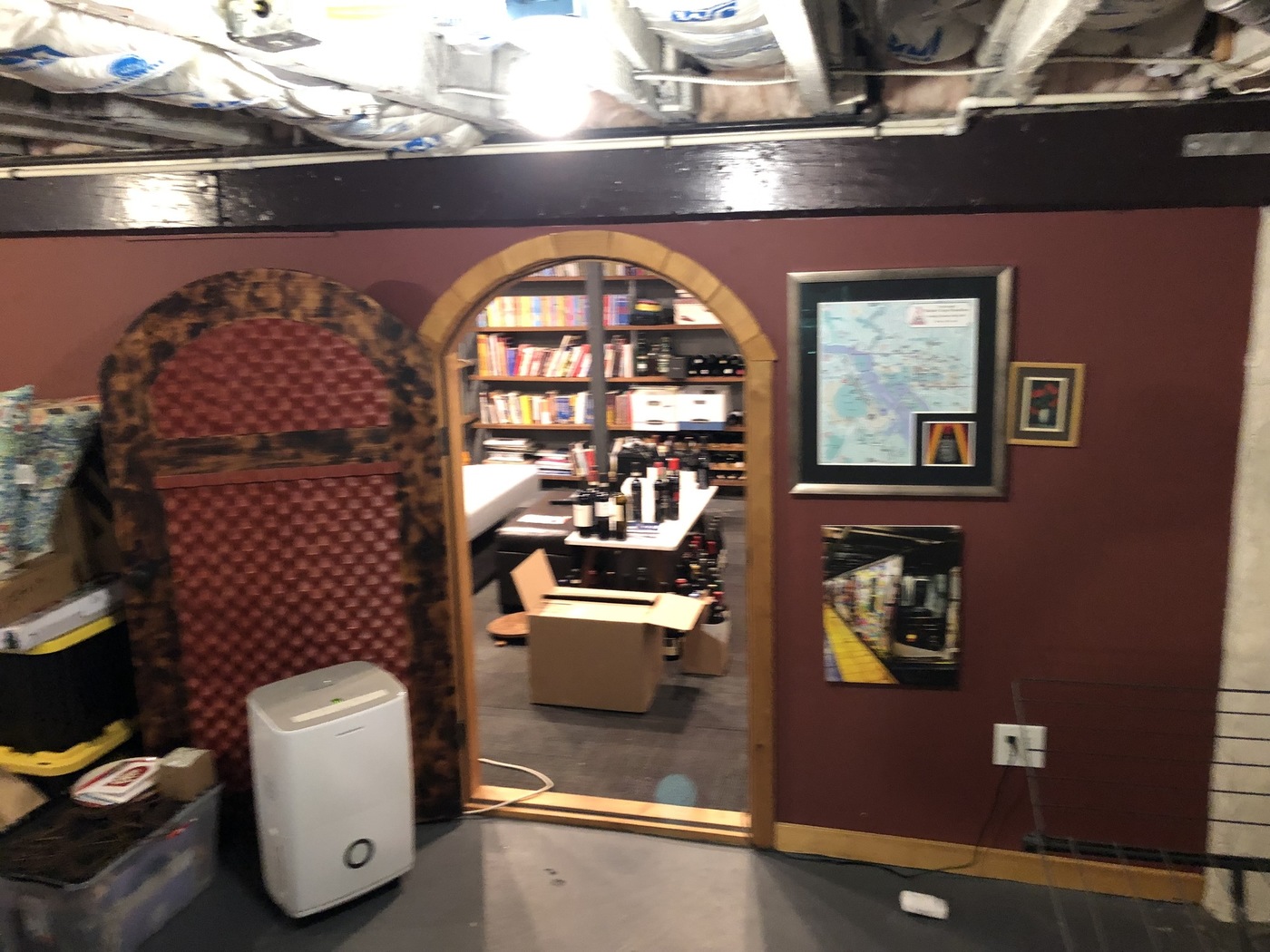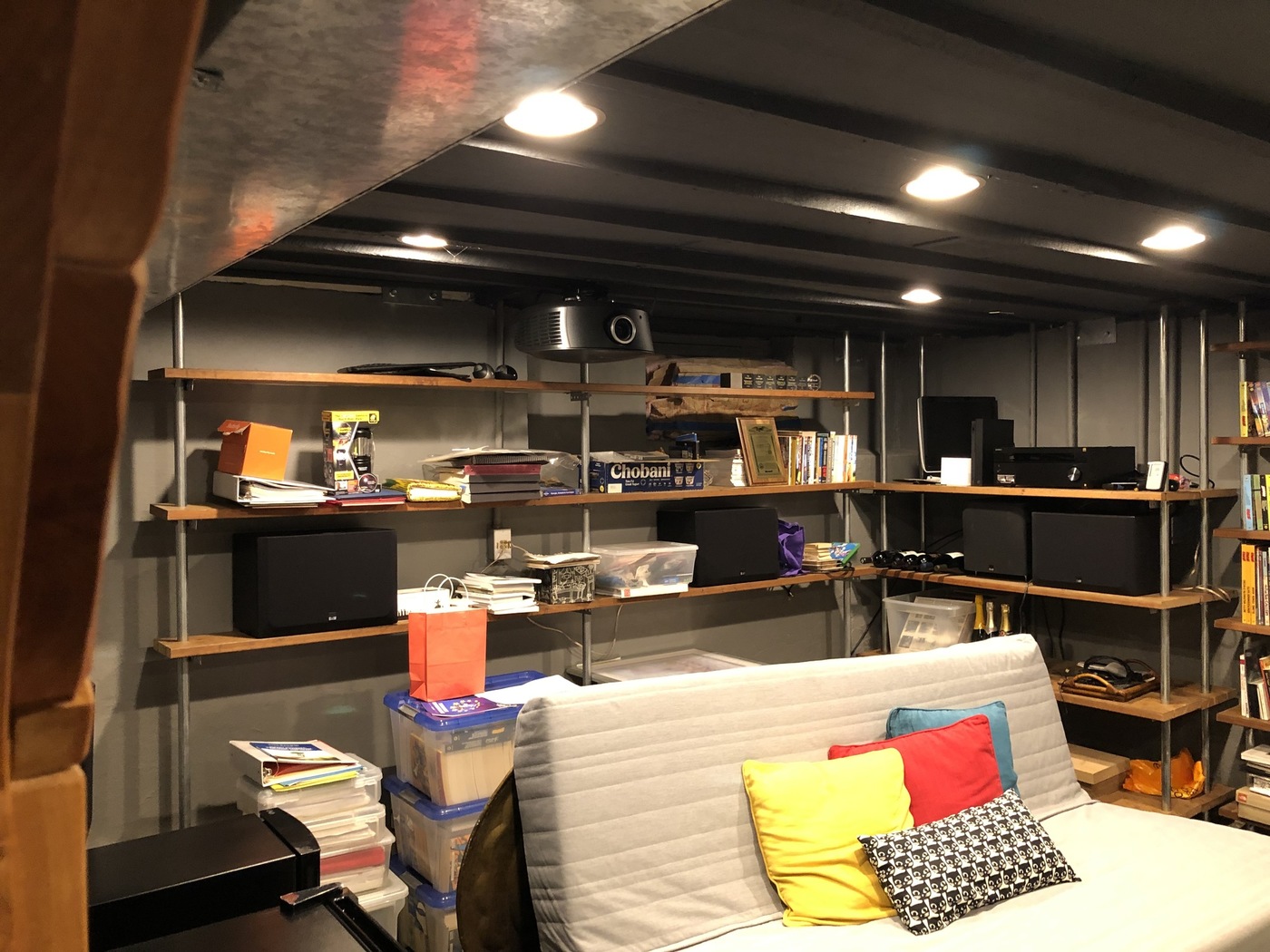Basement Remodels
Let Your Unfinished Basement Become A Finished Living Space.
Basement remodels are one of the most transformative remodels a home owner can accomplish. It’s common to find homes with partially finished basements that serve as additional living space, such as recreation rooms or home offices
However, there are also homes with completely unfinished basements that are used primarily for storage. This underused and often dark, cold and wet space creates great potential for a transformation. Partially finished basements may offer more immediate potential for conversion into usable living space, while completely unfinished basements may require more extensive renovations. Ultimately, the potential of partially finished or completely unfinished basements is significant, as they can add both living space and property value to a home. However, the extent of that potential varies from case to case.
Typical basement conversion projects include creating additional bedrooms, adding a bathroom, finished laundry room, designing a home theater or exercise room. The square footage that renovation projects can add to a house can vary widely based on the size of the existing basement or space being converted and the specific project goals.
CASE STUDY
No More Hobbit Door Basement Transformation
When this couple bought their 1906 craftsman, they fell in love with its thoughtfully-preserved original features… except for in the basement. The space was dark, with water seeping through cracks in the floor. The back door was lopsided, and the narrow staircase felt precarious. An awkward stepped-up area on one side of the basement housed the laundry, furnace and water heater, as well as a nonfunctioning vintage laundry sink. Exposed pipes and generations of obsolete wiring collected cobwebs between the open ceiling joists. A wall under a center beam split the space in two, creating a media room on one side and a useless space on the other, with the only connection between the two spaces being a literal Hobbit door – not so convenient when one of the residents is 6’4”!
CASE STUDY
No More Hobbit Door Basement Transformation

BEFORE



With a third of the house’s square footage below ground, the owners knew a finished basement would dramatically change the way they live in their home.

BEFORE
With a third of the house’s square footage below ground, the owners knew a finished basement would dramatically change the way they live in their home.
They wanted to be able to enjoy a recreational space that was bright, open, and in their words, “not basement-y”. Creating storage was a priority for them, as was using the home theater equipment they inherited from previous owners but could never fully enjoy. Lastly, a functioning laundry room with a modern sink was a must-have.
Let’s Chat About Your Project
Popular Basement Remodel Ideas
- Basement Finishing: This involves adding drywall, flooring, and lighting to create a livable space, often used as a family room or home office.
- Bedroom Addition: Converting part of the basement into a bedroom, often with an egress window for safety and code compliance.
- Bathroom Addition: Installing a new bathroom in the basement for added convenience and functionality.
- Home Theater: Creating a dedicated space for a home theater with soundproofing, seating, and audio-visual equipment.
- Exercise Room: Renovating the basement into a fitness area with gym flooring, mirrors, and exercise equipment.
- Wet Bar or Kitchenette: Adding a small kitchen or bar area for entertaining and socializing.
- Guest Suite: Combining a bedroom and bathroom to create a private living space for guests or in-laws.
- Game or Playroom: Designing a space for recreational activities, such as a game room, pool table area, or playroom for children.
- Storage and Utility Space: Optimizing the basement for efficient storage and housing mechanical systems like HVAC units, water heaters, and laundry facilities.
- Wine Cellar: Creating a climate-controlled space to store and display wine collections.
These are just some of the common types of basement remodels, and the choice depends on the homeowner's needs and preferences.
Questions About Basement Remodels?
The duration and cost of a basement remodel can vary significantly based on factors like the size of the basement, the scope of the project, your location, and the materials used.
Here are some general guidelines:
Duration: A typical basement remodel can take anywhere from 4 to 8 weeks, but larger or more complex projects may take longer. Delays due to weather, permitting, or unexpected issues can also impact the timeline.
Cost: The cost of a basement remodel depends on the extent of the renovations. High-end finishes and additional features like a bathroom or kitchenette can increase costs.
Added Home Value: A finished basement can add significant value to your home. However, the actual added value varies by location and the quality of the remodel.
Value-Adding Features: To maximize the value added by a finished basement, consider features like:
- Extra Bedroom: Adding a legal bedroom with an egress window can be a big selling point.
- Bathroom: Including a bathroom in the basement can increase convenience and appeal.
- Wet Bar or Kitchenette: These can make the space more functional for entertainment.
- Quality Finishes: Using high-quality materials and finishes can enhance the perceived value.
Keep in mind that while a finished basement can increase your home's value and provide additional living space, the return on investment may vary based on local real estate market conditions and the uniqueness of your project. It's essential to strike a balance between your personal enjoyment of the space and its potential resale value.
Let’s Chat About Your Project

